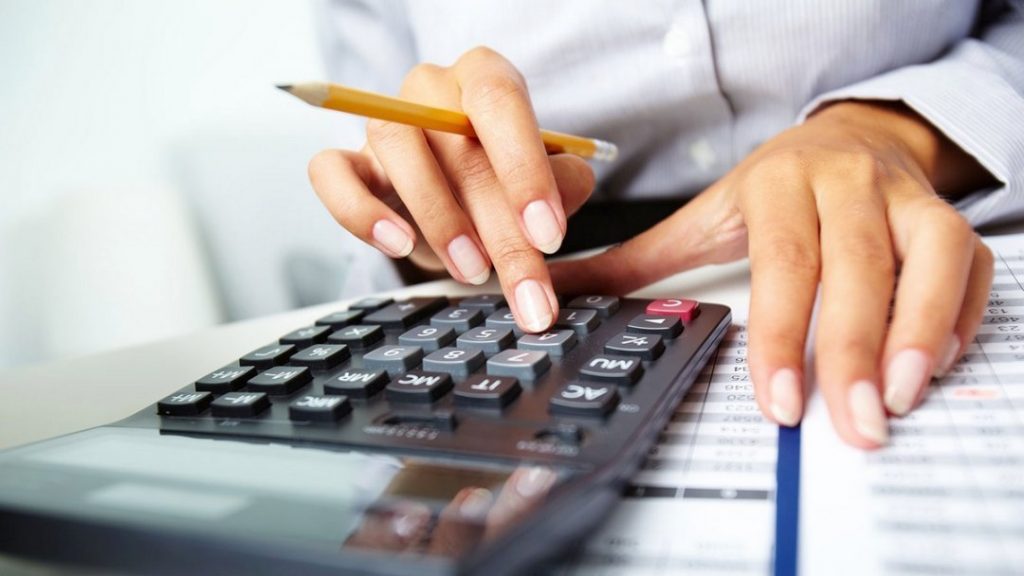3 Preferred Stock Dividends Paying 7 4%
Content
The post Why Aviva could be one of the FTSE 100’s best value stocks! Here at The Motley Fool we believe that considering a diverse range of insights makes us better investors. With the stock market where it is, I think a 6.5% dividend with the additional safety of a preferred stock is an attractive opportunity. Unlike interest on bonds or certificates of deposit that remains constant, dividends on stock can be reduced or eliminated in lean periods. Profits in good years, however, usually mean higher dividends, increased stock prices, and better returns for the stockholder. PerpetuityPerpetuity is the most commonly used in accounting and finance, which means that a business or an individual receives constant cash flows for an indefinite period . According to the formula, its present value is calculated by dividing the amount of the continuous cash payment by the yield or interest rate.

It’s also far more domestic in nature; 95% of its holdings are from U.S. firms such as CenterPoint Energy CNP and Morgan Stanley MS . They’re actually known for paying sky-high dividends—and those dividends can’t be cut unless the company first hacks common shares’ payouts, hence their “preferred” status. If you buy into a company such as Apple AAPL or Tesla TSLA , those tickers—AAPL and TSLA—represent their common stock. Those shares provide you with ownership in the company, typically some sort of voting rights and, in some cases, a dividend. PREF’s six-person management team boasts an average of roughly 29 years of experience. They’re tasked with buying $1,000 par preferreds with « attractive yields, diversification benefits and reduced risk compared to other fixed-income securities. » But the Federal Reserve signaled in late 2022 that it’s getting ready to start taking its foot off the pedal, bringing renewed hope to preferreds.
Best Blue Chip Dividend Stocks
The Preferred Stocks That Pay High Dividends is the percentage of a security’s price paid out as dividend income to investors. The dividend payout ratio is the measure of dividends paid out to shareholders relative to the company’s net income. A stock dividend is a payment to shareholders that is made in additional shares rather than in cash. While we believe the information provided herein is reliable, we do not warrant its accuracy or completeness. The views and strategies described in our content may not be suitable for all investors.
However, such https://personal-accounting.org/s are costlier, do not have voting rights and cannot demand the interim dividends. Dividends In ArrearsDividends in Arrears is the cumulative dividend amount that has not been paid to the cumulative preferred stockholders by the presumed date. It might be due to the business having insufficient cash balance for dividend payment or any other reason. This is because preferred shareholders do not have ownership control over the company; hence, higher dividends rates are offered to them to attract investors. • Unlike dividends of common stock, preferred stock dividends are fixed so do not increase over time to keep up with inflation. Bank and insurance company preferred stocks are usually not cumulative.
Earn More With Dividend Stocks Than With Annuities for Your Retirement
Perpetual preferred stock—This type of preferred stock has no fixed date on which invested capital will be returned to the shareholder ; most preferred stock is issued without a redemption date. One of the metrics used to measure a company’s dividend is known as its dividend yield. The dividend yield is a calculation of a company’s announced dividend per share divided by its current stock price.
Because the par value is a fixed number and the percentage is also a fixed number, the annual dividend payments remain the same from year to year. The annual amount is then divided into periodic payments, which are typically made two to four times per year. Preferred dividends are link to preferred shares, which are a type of equity in the company, although these shareholders do not have any voting rights. Most shares do not have a maturity date, and if they do, then they are quite far in the future. The “return if called on call date” and the “annualized return if called on call date” are hypothetical.
Preferred Stock
The benefit of this approach is that by owning a diversified mix of preferred shares you minimize the chances of losing your entire investment or having your dividend income stop entirely. After all, unless the fund or ETF you select is extremely concentrated in just one or two sectors, chances are that few of those companies will go bankrupt or suspend their preferred dividends at once. Due to their downsides , preferred shares are usually issued with higher yields than common stock to compensate investors for these risks.
What is the annual dividend on 6% preferred stock?
For example, if preferred dividend has a par value of $100, and an interest rate of 6%, and there are 20,000 preferred shares outstanding, then the annual required preferred dividend would be $120,000.
